Optimal Timing for Field Line Replacements
Field lines replacements are essential for maintaining optimal performance and safety of electrical systems. Timing the replacement correctly can prevent costly outages and equipment failures. Proper scheduling depends on various factors including system age, usage, and environmental conditions.
Corrosion, physical damage, or irregular electrical performance suggest that field lines may require replacement.
Typically, replacements are recommended every 5-10 years depending on system conditions and operational demands.
Replacing field lines proactively reduces downtime and prevents equipment failure, especially during peak operational periods.
Harsh weather, moisture, and temperature fluctuations can accelerate wear, indicating a need for earlier replacement.

Step-by-step procedures for replacing field lines ensure safety and efficiency.

Specialized equipment ensures precise and safe field line installation.

Visual comparison of field lines to assess wear and replacement success.

Ways to make Field Lines Replacements work in tight or awkward layouts.
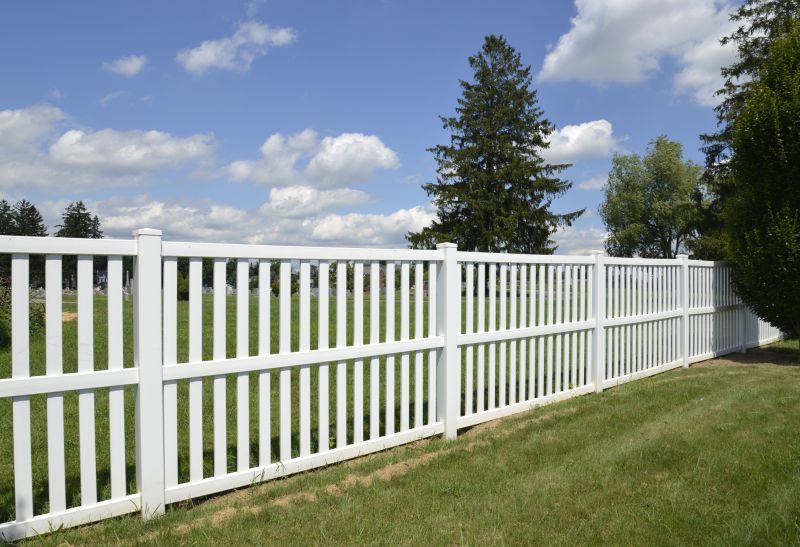
Popular materials for Field Lines Replacements and why they hold up over time.
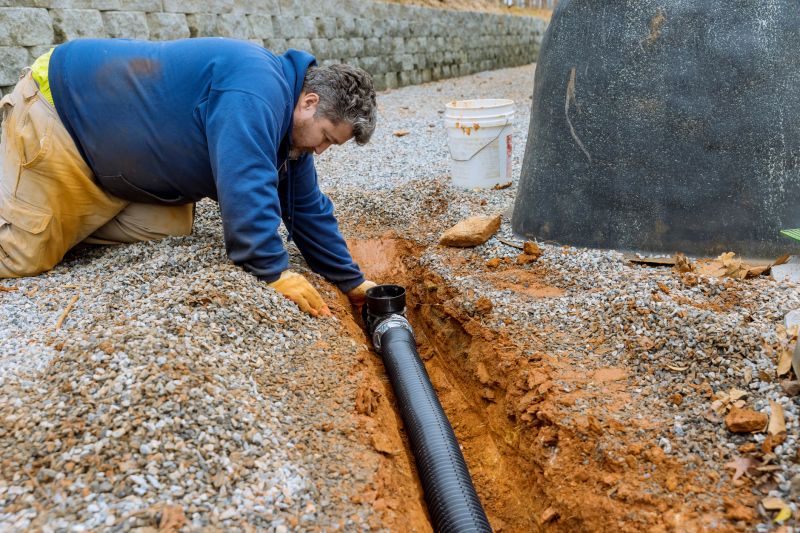
Simple add-ons that improve Field Lines Replacements without blowing the budget.
| Factor | Recommendation |
|---|---|
| System Age | Replace every 5-10 years |
| Environmental Conditions | Replace sooner if exposed to harsh elements |
| Electrical Performance | Replace if irregularities are detected |
| Physical Damage | Replace immediately upon damage detection |
| Corrosion Signs | Replace when corrosion is visible or extensive |
Field lines are critical components in electrical systems, responsible for directing current and ensuring operational safety. Over time, they can degrade due to environmental exposure, mechanical stress, or electrical load. Regular inspections help identify signs of wear, such as corrosion, cracking, or insulation deterioration, which indicate the need for replacement.
Timely field lines replacements can improve system reliability, reduce energy losses, and prevent unexpected failures. Maintenance schedules should consider system usage patterns and environmental factors to determine the best timing for replacements. Proper planning ensures minimal operational disruptions and extends the lifespan of electrical infrastructure.
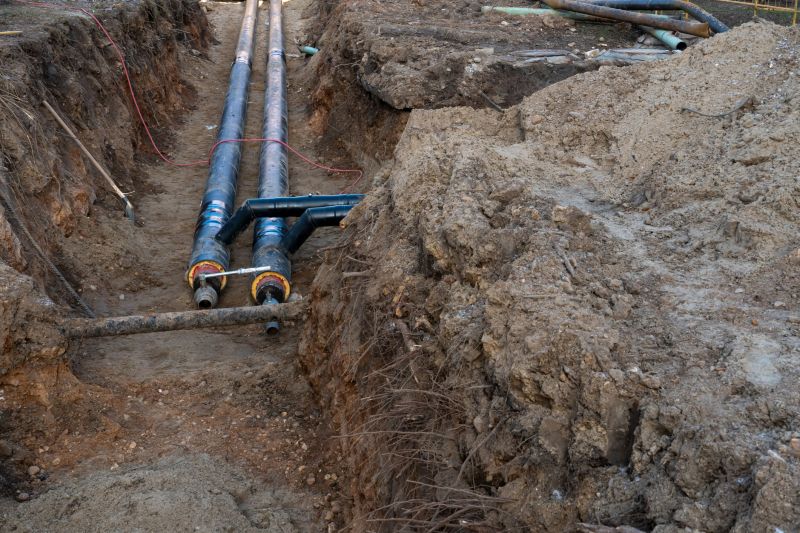
Visible corrosion indicates the need for replacement to prevent failure.

Technicians safely replacing worn field lines during scheduled maintenance.

Updated field lines ensuring optimal electrical performance.
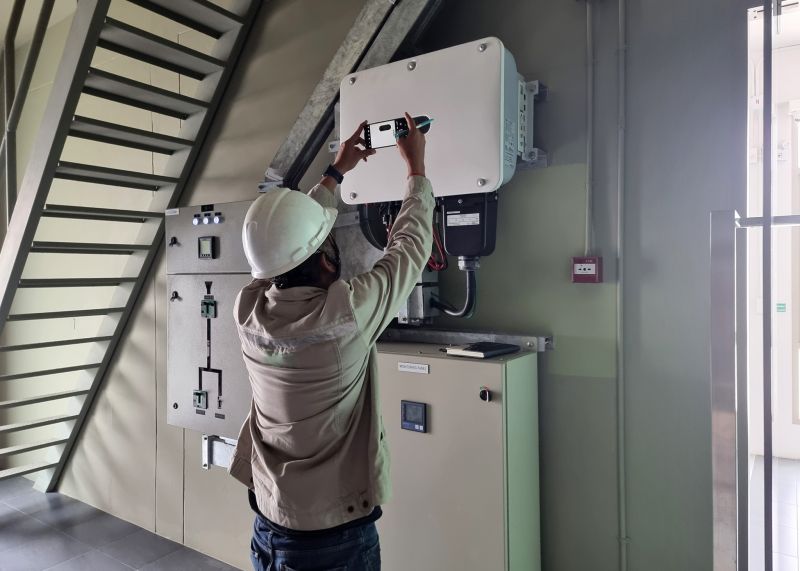
Regular checks help determine the right time for replacements.

High-end options that actually feel worth it for Field Lines Replacements.

Finishes and colors that play nicely with Field Lines Replacements.

Little measurements that prevent headaches on Field Lines Replacements day.

A 60-second routine that keeps Field Lines Replacements looking new.
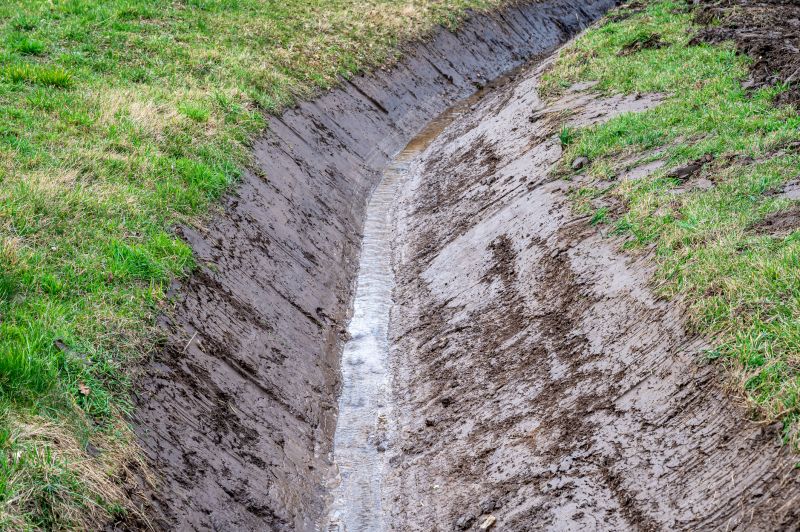
A frequent mistake in Field Lines Replacements and how to dodge it.

Small tweaks to make Field Lines Replacements safer and easier to use.

Lower-waste or water-saving choices for Field Lines Replacements.

The short, realistic tool list for quality Field Lines Replacements.
Interested in scheduling a field lines replacement? Filling out the contact form provides a way to obtain more information and plan maintenance activities effectively. Proper timing and execution help maintain system efficiency and safety.
